Scott Rolen recently got elected to Baseball’s Hall of Fame and it reminded me that I’ve had this story sitting around for over a year and maybe now was the time to post it…so here it is.
First off, I should to tell you Jason Kendall is one of my best friends which means I’m definitely biased so feel free to question or reject everything I’m about to write, except the statistics, which are irrefutable.
Having made that disclaimer, let’s get started.
When Jason Kendall became eligible for the Hall of Fame I wondered how many votes he’d get and the answer was two so I don’t think Jason’s headed to Cooperstown anytime soon. Nevertheless, I thought two votes was pretty low (we’ll talk about why shortly), but being his friend I figured I was the wrong guy to make his case.
So I waited for someone else to do it and so far I’ve seen just one article that said Jason Kendall’s case for the Hall of Fame is better than you think and here’s a link to that article if you want to read it:
https://www.cbssports.com/mlb/news/the-cases-for-and-against-jason-kendall-for-the-hall-of-fame/
Those two votes would indicate the article didn’t do much to change anybody’s mind, but it got me interested in how Jason’s numbers stacked up against the catchers considered good enough to be in the Hall of Fame and the guy who wrote the article was right – they’re better than you think.
So now let’s take a look at some numbers, why some people need them and how that hurts catchers.
Baseball by the numbers
There are 84 pitchers in the Hall of Fame, but only 19 catchers (the least-represented defensive position) which makes it sound like 65 pitchers did it all on their own.
If you know anything about baseball you know that’s bullshit because somebody was calling and receiving those Hall of Famer pitches. A bad catcher can make a pitcher worse and a good catcher can make a pitcher better; for every pitcher who made it into the Hall of Fame, some catcher helped him get there.
But if that’s the case – and it is – why so many pitchers and so few catchers?
Lucky for both of us, I’ve got a theory and it’s not actually my theory so it just might be right.
A very smart ballplayer once told me that if you don’t know much about baseball you need numbers because you can’t just look at a pitcher and see he’s tired; you need pitch counts. You can’t just look at a fastball and see the pitcher’s losing velocity; you need radar guns. You can’t just look at a curve and see its shape; you need spin rates.
So if you’re one of the people who need numbers (and that describes most of us) pitchers are easier to elect or reject because there are a ton of numbers that go along with their performances.
But catchers – who are often in the lineup for their defense – don’t have nearly as many numbers measuring their performance behind the plate.
And since most people voting for Hall of Fame candidates can’t just watch a catcher and see if he’s receiving the ball well or blocking pitches well or calling a game well, those HOF voters tend to rely on a catcher’s offensive numbers, which is a problem because some really great defensive catchers don’t have impressive offensive statistics.
Which means those really great defensive catchers aren’t considered Hall of Fame material, even though preventing a run is just as important as scoring one.
If HOF voters consider a catcher’s defense at all, they tend to look at how many base stealers he threw out (30% is considered good and Jason’s career average was 29%), but when ballplayers talk off the record they’ll admit that some of the best-throwing catchers in baseball history were also considered horseshit pitch callers because they wanted to show off their arms and called way too many fastballs, which helps a catcher throw out runners, but can get a pitcher in trouble.
Bottom line: there are catchers in the Hall of Fame that a lot of pitchers didn’t like throwing to.
Plus, if a pitcher takes more than 1.4 seconds to deliver a pitch, the catcher doesn’t have much chance to throw out a base stealer, so the one defensive statistic most HOF voters look at may or may not be an accurate indication of how good a catcher actually was.
You could look at a pitcher’s ERA when he was caught by a certain catcher, but that can also be misleading because maybe the pitcher sucked that night or was facing a good hitting team and all the catcher could do was limit the damage. Giving up three runs in five innings might be an outstanding performance by the catcher if the pitcher’s slider was flat that day and the catcher figured out a way to help him get through those five innings so the team didn’t destroy the bullpen for the rest of a series.
If you’re thinking all this sounds really complicated and confusing, congratulations, you’re starting to understand the situation.
A list of Hall of Fame catchers
OK, so 19 catchers are in the Hall of Fame and here they are:
1. Johnny Bench
2. Yogi Berra
3. Roger Bresnahan
4. Bill Dickey
5. Roy Campanella
6. Gary Carter
7. Mickey Cochrane
8. Buck Ewing
9. Rick Ferrell
10. Carlton Fisk
11. Josh Gibson
12. Gabby Hartnett
13. Ernie Lombardi
14. Biz Mackey
15. Mike Piazza
16. Ivan Rodriguez
17. Louis Santop
18. Ray Schalk
19. Ted Simmons
(A couple things worth mentioning: Josh Gibson, Biz Mackey and Louis Santop played in the Negro Leagues so their records are incomplete. Also, while Roy Campanella had his career cut short, he still played 18 seasons.)
All the following numbers come from Baseball Reference and the numbers in boldface are Jason Kendall’s and we’ll compare them with the numbers of the 19 catchers considered good enough to be in the Hall of Fame.
Hits: 2,195
Jason Kendall had the 4th most hits for any catcher in baseball history and that’s more hits than Hall of Fame catchers Johnny Bench, Yogi Berra, Gary Carter, Mike Piazza, Bill Dickey, Mickey Cochrane, Buck Ewing, Gabby Hartnett, Roger Bresnahan, Rick Ferrell, Josh Gibson, Roy Campanella, Ernie Lombardi, Biz Mackey, Ray Schalk and Louis Santop.
The guy who got two votes had more hits than 16 of the 19 Hall of Fame catchers.
Batting average: .288
I’m not going to keep listing all the HOF catchers’ names, so let’s just simplify things and say Jason Kendall had a higher batting average than nine of the 19 Hall of Famers.
Stolen bases: 189
Jason stole more bases than 17 of the 19 Hall of Fame catchers.
Runs: 1,030
The ability to steal bases and scoring runs are directly related because a guy who can put himself into scoring position and then score from second on a single will score more often than guys who can’t and Jason scored more runs than 10 of the 19 Hall of Fame catchers.
Hit by pitches: 254
So here’s the deal on hit by pitches:
For some players getting hit by a pitch doesn’t happen all that much, like 19 times in 17 years, which is how often it happened to Hall of Famer Johnny Bench. But a few guys – and there aren’t that many because getting hit by pitches really fucking hurts – use the hit by pitch as an offensive weapon.
Jason would “dive” (stride toward the outside part of the plate to cover the outside corner) and the typical pitcher’s response to that is pitching inside to keep the hitter from diving.
But according to Fred Kendall (Jason’s father who played Big League baseball and then became a coach) the scouting report other teams had on Jason said that even though Kendall’s diving, don’t pitch him inside because he won’t move out of the way and you’re going to hit him and if you’re stupid enough to make some remark about him not moving out of the way, he might come to the mound and kick your ass which is what you see him doing here.
If a player has the balls to us this tactic, the hit-by-pitch goes from being an oddity that happens 1.1 times a season to an effective offensive weapon which is demonstrated by the fact that Jason used it to get 254 free trips to first base.
In the History of Baseball only nine players have had the guts to use this tactic more than 200 times and Jason is fifth on that list and got hit by more pitches than all 19 Hall of Fame catchers.
Games caught: 2,013
Jason is one of five catchers in the history of baseball who caught 2,000 or more games with 2,013. Other than the pitcher, the catcher is the most important player on the field so you want your best catcher out there as often as possible and Jason caught more games than 17 of the 19 Hall of Fame catchers.
OK then.
So far I’ve used numbers that make Jason’s case for being in the Hall of Fame, but now we’ll look at some numbers that hurt him.
RBIs: 744, Slugging percentage: .378, Home runs: 75
Jason had more RBIs than six of the 19 Hall of Fame catchers, a higher slugger percentage than three of them and more home runs than six of them, but when you look at which catchers he beat out, you’ll notice a pattern.
While Jason’s power numbers are now considered below current Hall of Fame standards, they still tend to be better than the Hall of Famers catchers who played a long time ago and that’s something to think about.
Starting in 1912 Hall of Fame catcher Ray Schalk played 18 seasons and hit a total of 11 home runs. Not 11 home runs a season; 11 home runs total. Schalk also had 214 sacrifice bunts and averaged just 33 strikeouts every 162 games and those numbers were good enough to get elected to the Hall of Fame, probably because Schalk got inducted in 1955.
Schalk’s numbers show just how much baseball has changed and how what’s valued has also changed.
Jason started his career playing in an era where batting average and the ability to avoid strike outs were still valued, but he played long enough to make it into the Moneyball Era where line-drive singles hitters weren’t as highly regarded and now Hall of Fame voters want to see a lot of home runs on a player’s resume.
And now a word about those Hall of Fame voters
Jason was known as a player who didn’t mind fighting when fighting was called for and didn’t mind being confrontational when that was called for and if you asked a dumb question (and I know for sure because I asked quite a few) didn’t mind pointing out that your question was dumb, all of which is probably why a fellow reporter once told me:
“Jason Kendall scares the shit out of me.”
Jason and I got along, mostly because I was trying to write about the small stuff ballgames turn on and he appreciated that and did everything he could to help me, plus he thought it was really funny when I took that pitch in the left kidney.
Anyway…
A lot of reporters were intimidated by Jason, unlike Gary Carter and if you watched the ESPN 30 for 30 called Once Upon A Time In Queens, Carter’s teammates made fun of him for loving to be on camera and sucking up to reporters, which is probably what you should do if you want to be in the Hall of Fame because guess who has to vote you in – reporters.
And now the stuff numbers don’t reveal and most reporters don’t write about.
Intangibles
Teams like to have veteran players who are willing to speak up and keep young players in line even though a lot of veterans would prefer not to do that because if you tell some rookie he needs to run out grounders, now you have to do the same thing which is a pain in the ass.
There’s way less pressure if you just shut up, focus on your numbers and cash the checks.
Because players talked to me off the record, I’ve heard dozens of Jason Kendall stories where he confronted somebody about their behavior and every time he was doing it to make the player better, the team better or protect a teammate, but most of those stories never made it into print.
Now here’s a story I can tell.
When a middle infielder on another team “dropped a knee” on Alex Gordon’s hand when Gordon was sliding headfirst into second base (dropping a knee is a maneuver infielders use to block runner’s path to a base and if they drop that knee on someone’s hand, they can break it) the next time that middle infielder came to the plate, Jason said:
“I saw what you did to our left fielder; you’re wearing this one.”
So they drilled that middle infielder with a fastball and if he wanted to complain or do something about it, Jason was right there. That’s the kind of story that gets around and pretty soon opposing infielders are saying don’t drop a knee on any of the Royals or you’re going to have to deal with Kendall.
Now try to figure out just how much that’s worth.
It’s the kind of story that rarely makes it into a newspaper, but shows how important a veteran player can be if he’s got the balls to speak up which Jason usually did and it was the right thing to do to make his team better, but his willingness to be confrontational hurt him when it came to Hall of Fame votes.
I have to talk about all this because Jason won’t and he probably won’t read this story because our book Throwback came out in 2014 and he hasn’t read that either. If you ask Jason how he feels about not getting into the Hall of Fame (and I did) he’s pretty stoic about a bunch of reporters not appreciating what he accomplished and says:
“I know what I did.”
And now you do, too.
We can have disagreements about whether Jason Kendall should be in the Hall of Fame or if any of those 19 catchers shouldn’t be, but I wrote this to make the argument that it’s not insane to include Jason in the HOF conversation and he deserved more than two votes.
Even if he is my friend.

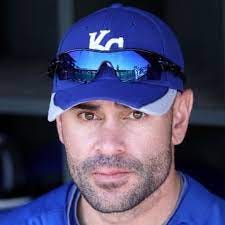
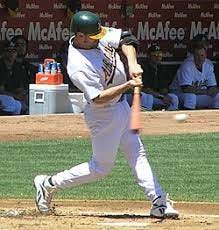
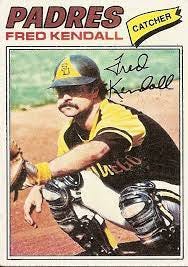
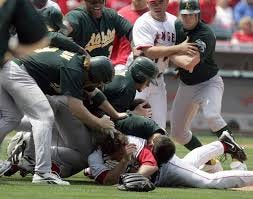


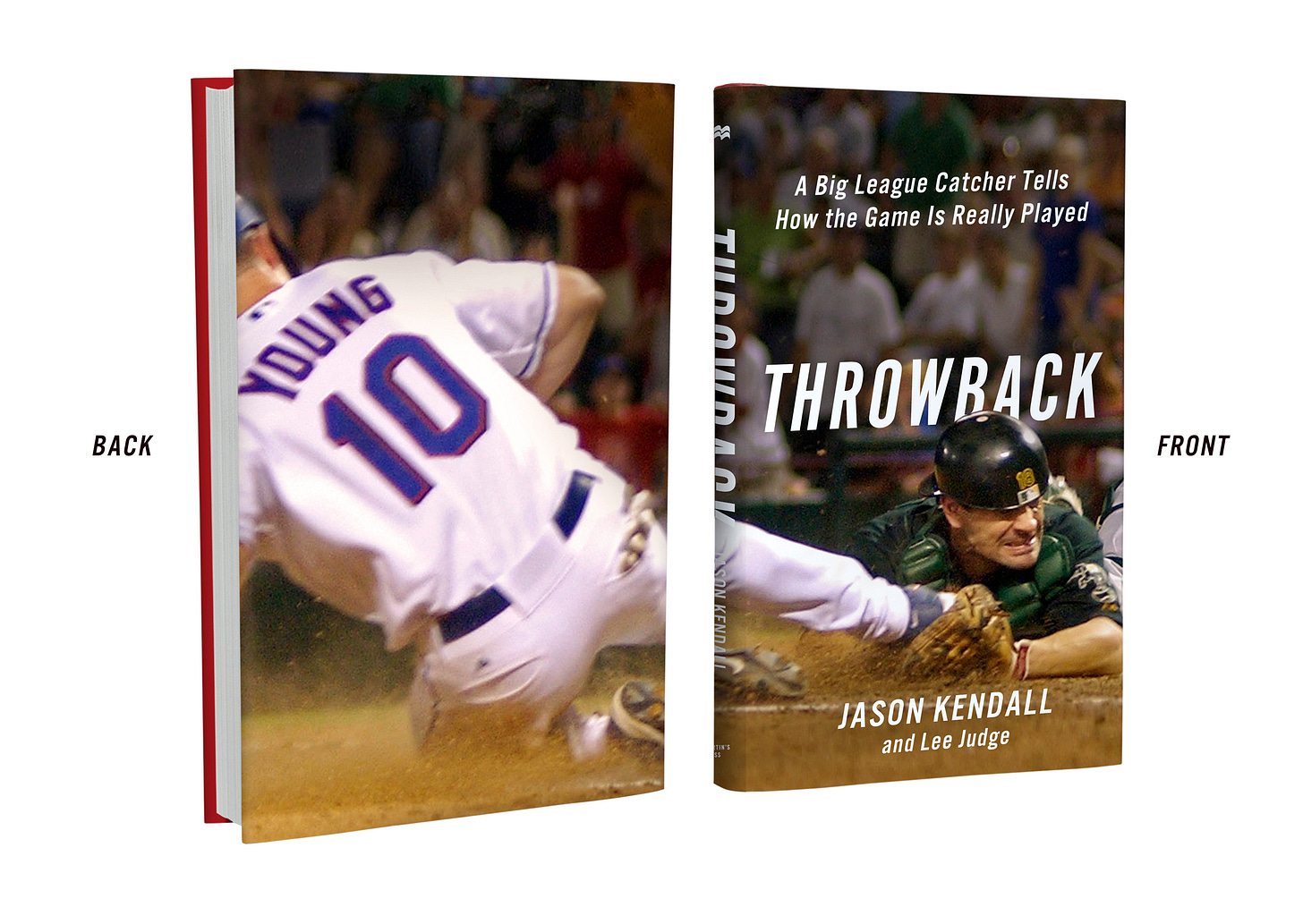
In my first attempt I called Jason "illegible" for the Hall of Fame which he clearly was because it seemed like they couldn't read his statistics. I changed it to "eligible" anyway.
What a great read. After finishing it, I took my garbage out through 12 inches of snow and ice. There was though, an undeniable whiff of spring in the air and I'm going to attribute it to this piece. Thanks for a Monday boost!